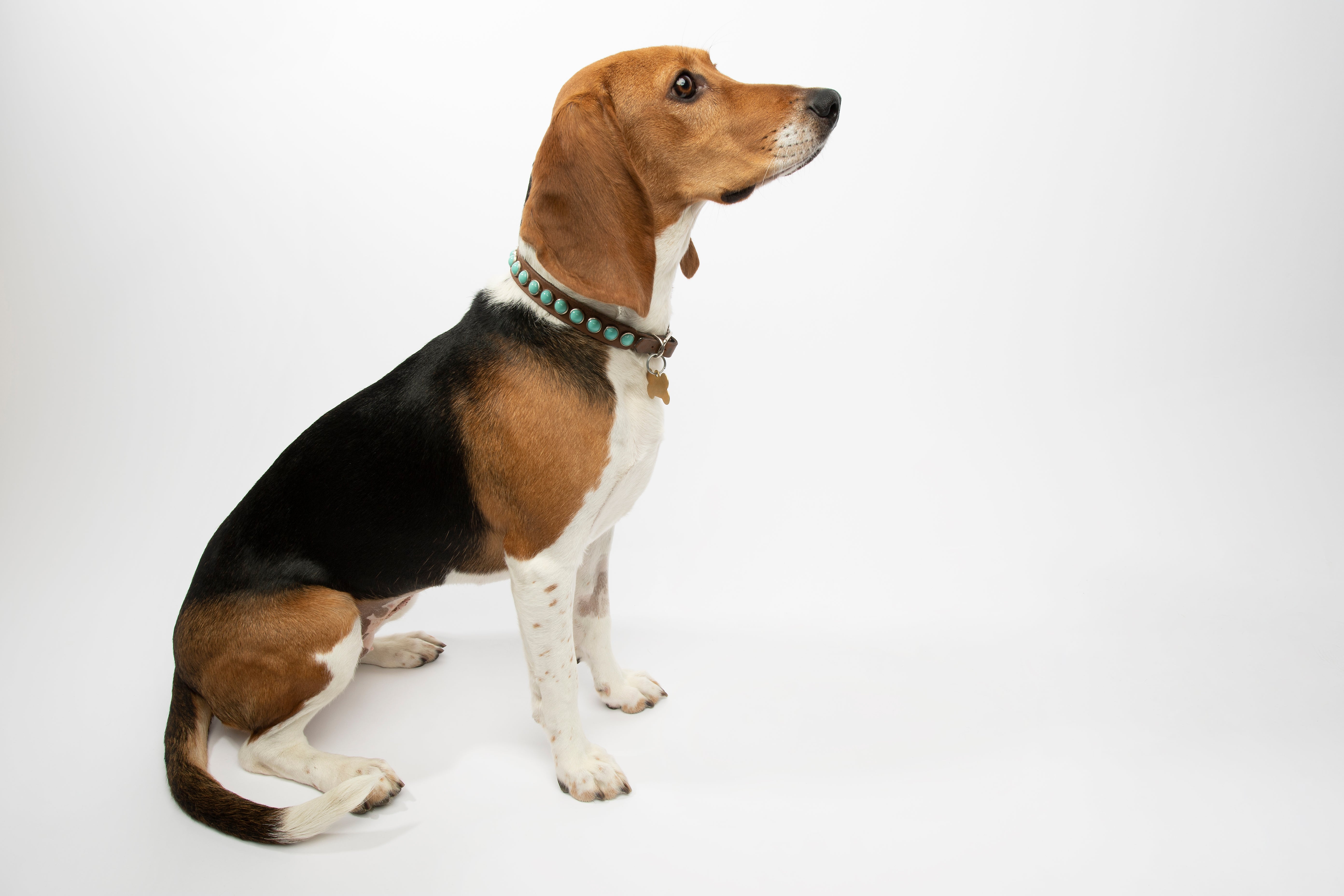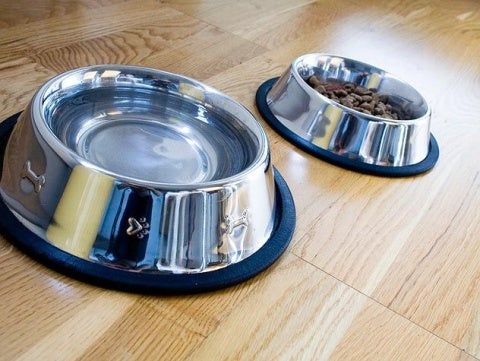Harrier
First bred in Medieval times, the Harrier is a medium-sized pack hound that has an outgoing and bubbly personality. They are larger than their cousins the Beagle and smaller than the English Foxhound. They are powerful and tireless dogs that have short coats, velvety ears, and sunny dispositions. Their gait is smooth and efficient. Despite having been in America since Colonial times, the Harrier is not as popular as other hound breeds.
Breed characteristics carousel
Learn More
Need to Know
- Dogs suitable for experienced owners
- Extra training required
- Generally healthy breed
- Enjoys vigorous walks
- Medium dog
- Requires frequent grooming
- Chatty and vocal dog
- Barks and alerts to visitors/anything unusual
- Generally friendly with other dogs
- May need additional training to live with other pets
- Great family dog
- Needs a large yard, preferably in rural areas
- AKC Registered Breed

Personality
Somewhere between the Beagle and English Foxhound in temperament, the Harrier dog is a friendly, pleasant, and sociable hound. They love to track down scents, even if it’s only the trash. They are high-energy dogs that love to be physical. The breed is reserved with strangers, but generally open. They bay loudly when excited, bored, or lonely.
“Harrier” is the Norman word for dog or hound, making it difficult to pinpoint the exact history of the Harrier dog breed. They might be the oldest scenthounds still around today, possibly dating back to the 13th century in England. They were beloved by both the nobility and working classes alike. In America since Colonial times, the dog is not as common as other hound breeds.
Those with Foxhound experience are ideal owners for the Harrier, as they will know how to handle the dog’s exuberant and sometimes stubborn personality. They do best in rural settings and as part of a pack. Training them to become well-mannered dogs will need to be a top priority and can have challenges as the dogs are often obstinate and persistent when on a scent. Owners who don’t mind a little mud and rain will enjoy owning a Harrier dog. Prone to separation anxiety, the dog does best with owners who are home most of the day or who can take them with them on daily activities.
The Harrier dog has high exercise needs and does best in rural settings where they can explore and free run. Without proper stimulation, they can become destructive and howl loudly. When their needs are met, though, they can be polite and calm dogs indoors. Tracking, rallying, agility, and coursing are all activities the Harrier dog would also enjoy.
While the Harrier dog doesn’t require a ton of indoor space, they can be clumsy, which is something to consider if you have a smaller home. They do best in packs of other dogs, which might require dedicated space. They need a secure, fenced-in yard to chase and play. This is critical because they can dig, jump, and scale.
A dense, short, and smooth coat provides the Harrier dog protection from the weather. A brush-through will keep the coat shiny and neat. Because Foxhounds are prone to going “deaf” when they’re on the trail of something, they can pick up debris easily as they shut out the outside world in pursuit of an object. Check them over for cuts, and scrapes, and more regularly.
Foxhounds think with their noses, which can make training them more challenging as they won’t listen to anything or anyone once they’ve caught a scent. Creative motivation and giving them plenty of jobs to do will help make them polite and exhausted pets. The Harrier dog’s pack mentality helps them thrive in social settings.
Harriers can be good family dogs when well-trained and well-socialized. The Harrier is prone to clumsiness, so they do best with families with no children or older children. They particularly thrive in families where there are multiple dogs.
The cost of a Harrier from a breeder is significantly more than the cost of adopting one from a local shelter or rescue. The adoption fee usually covers additional items such as spaying or neutering, vaccines, and microchipping.

Learn more about feeding and caring for your Harrier on Purina.
Did You Know?
- The Harrier dog is most popular in Ireland.
- The Harrier dog has been in America since Colonial times.

